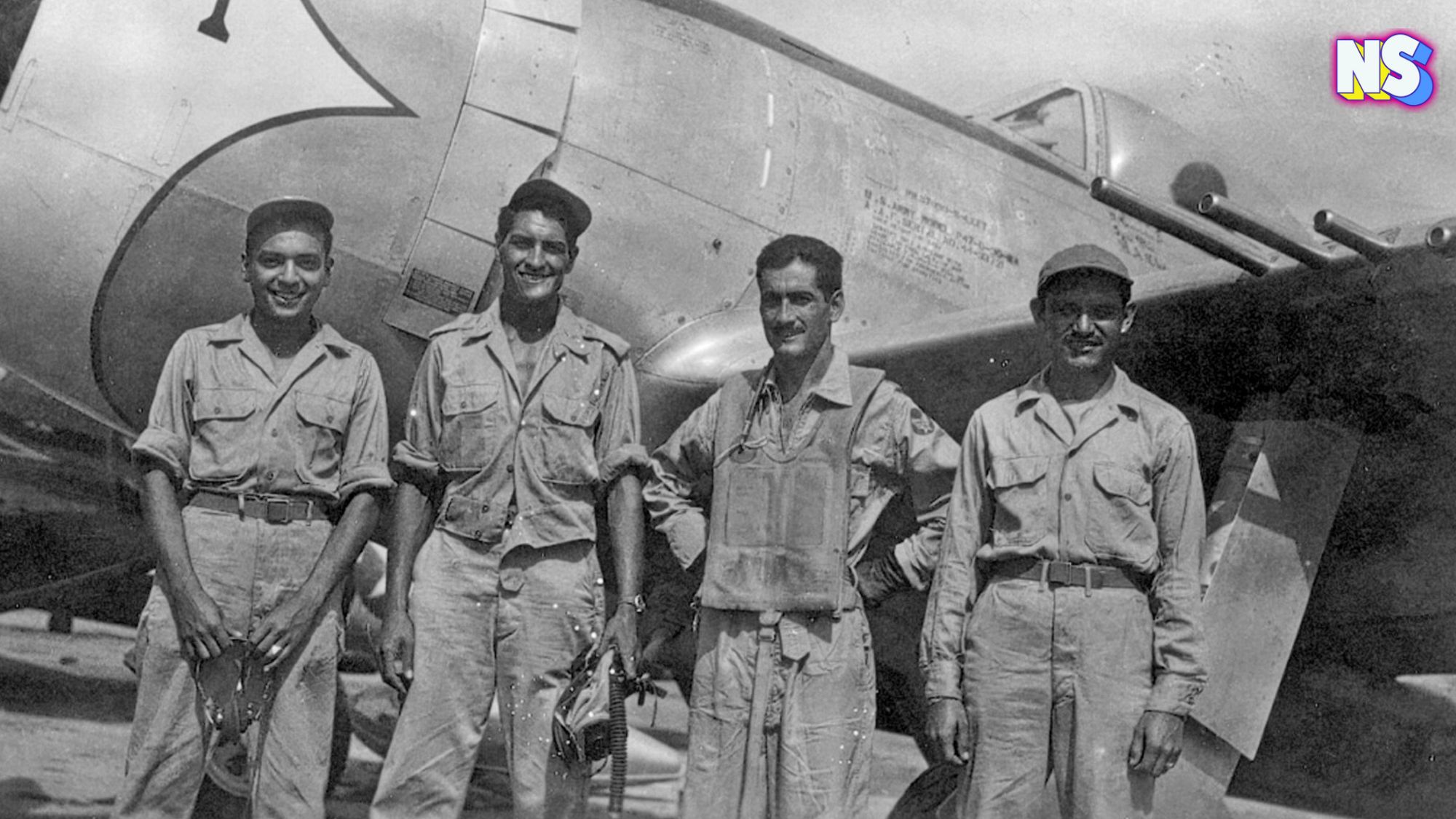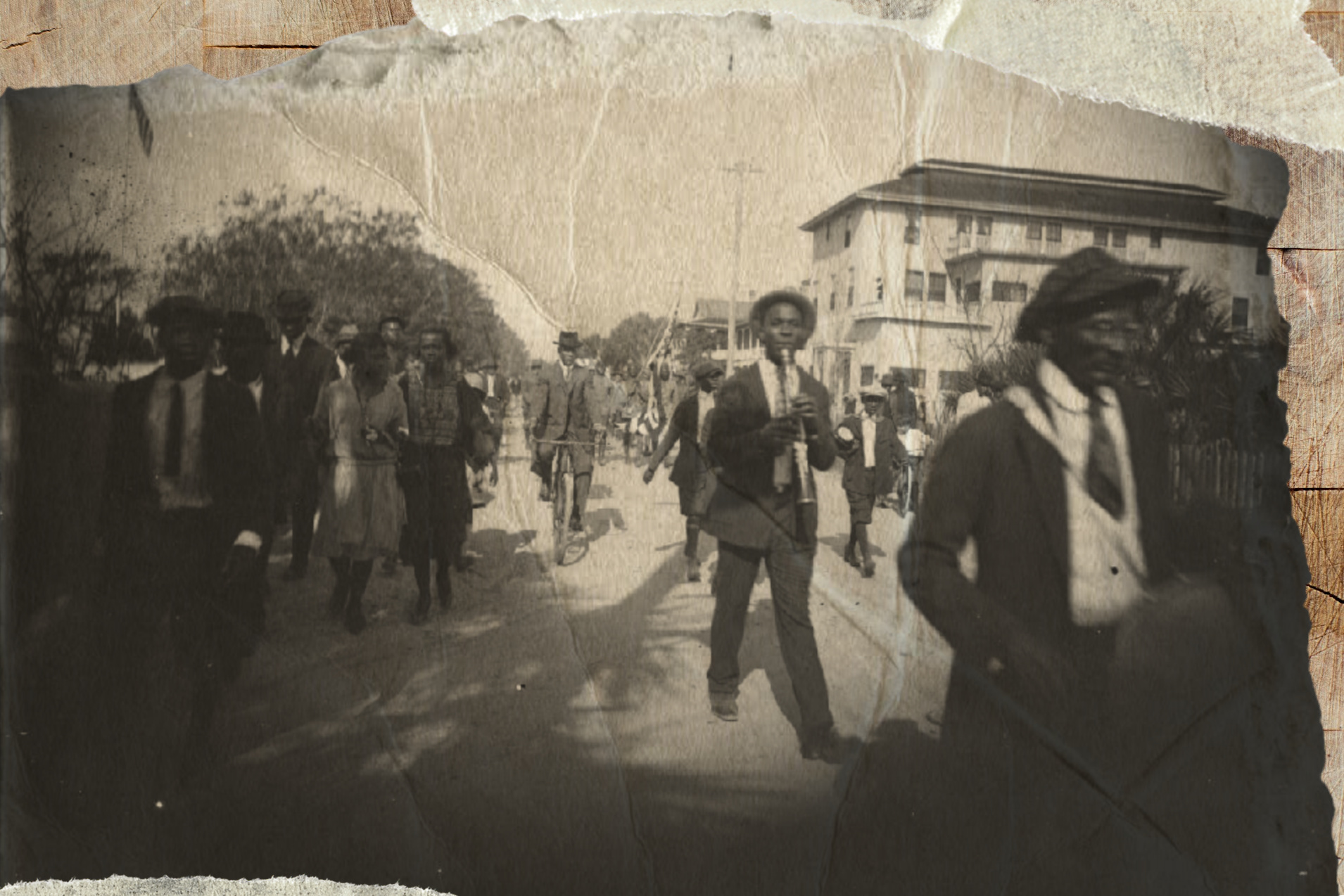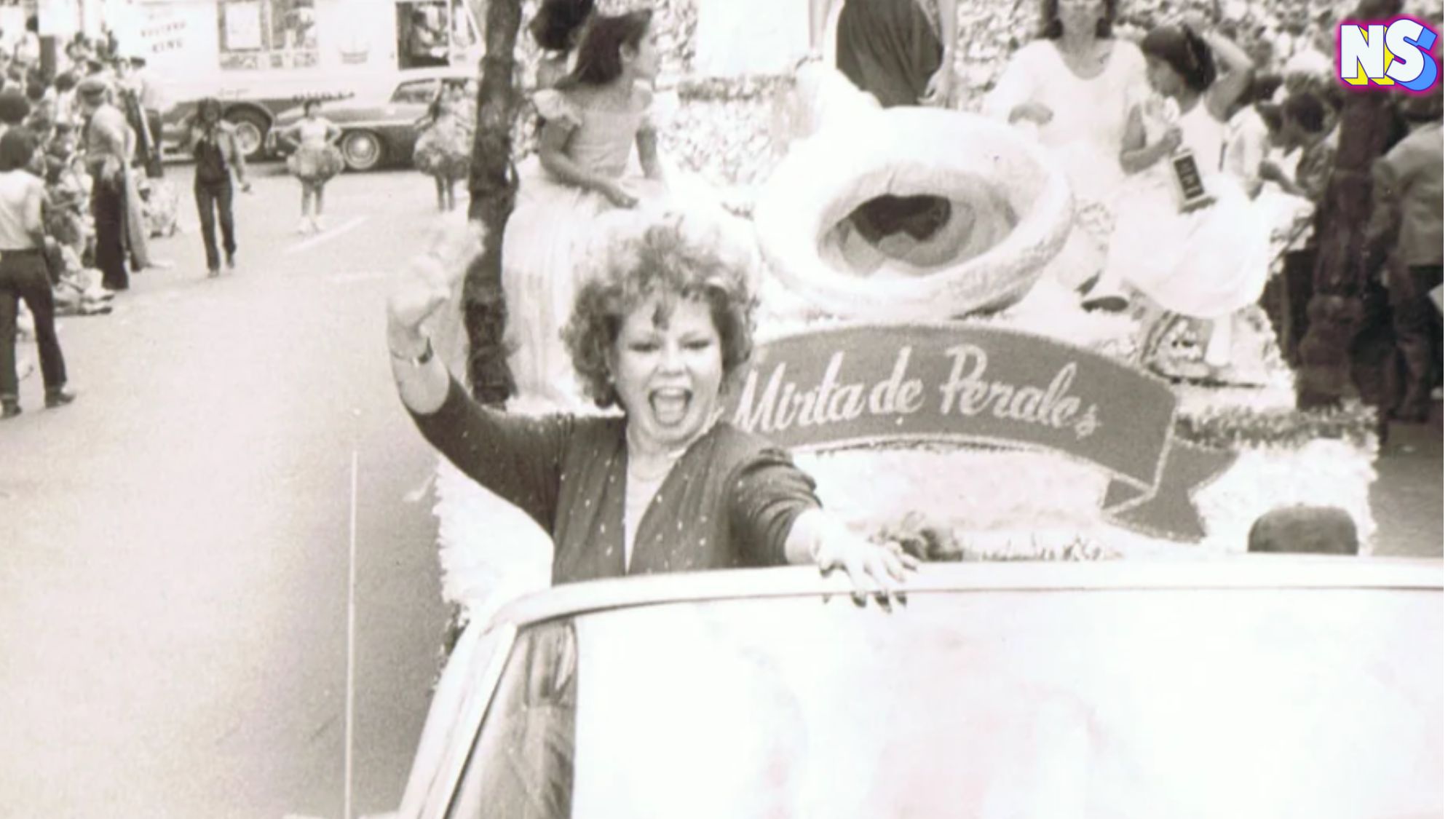As Memorial Day approaches, we stop to remember the great war heroes in wars past. The stories of the unsung heroes, like the Tuskegee Airmen who made history on and off the battlefield, are being told more than ever. This leads us to the story of lesser-known heroes who changed the course of history, but somehow got forgotten. Who are they? They’re the Aztec Eagles, Mexican aviators, officially known as Escuadrón Aéreo de Pelea 201, who helped the United States during World War II.
Meet the Little-Known Aztec Eagles
The story of the Aztec Eagles began years before their combat missions. In 1942, German U-boats attacked two Mexican oil tankers off the US East Coast. Twenty-nine Mexicans were killed, and 49 others were injured. In response, Mexico declared war on Germany in May of 1942.
According to historians, the U.S. and Mexico seized this opportunity to strengthen their partnership. They shared ports, airfields, and other facilities. Additionally, the US purchased significant amounts of copper and zinc from Mexico for its war production needs.
“It should also be noted however that the Mexican people didn’t really see the war as their problem and we’re not a hundred percent in favor of Mexico even getting involved,” YouTube Historian InternetMexican explains.
Mexican President Manuel Ávila Camacho also accepted the U.S. invitation to train Mexican combat flyers and their support teams. A group of young Mexican aviators formed the Aztec Eagles.
Aztec Eagles and Panchito Pistoles
The core of the first Mexican flying unit moved to Texas in 1944. After rigorous training, these young pilots transitioned to American-built Republic P-47 Thunderbolt fighters. Called “The Jug” by American flyers, the P-47 became “El Jarro” for the Mexican aviators.
During their time in the United States, the Mexican flyers adopted a mascot — the bombastic and trigger-happy chicken character Panchito Pistoles from Walt Disney’s musical feature, The Three Caballeros. Panchito became the squadron’s unofficial symbol as they shipped off to combat.
Combat in the Pacific
Escuadrón 201 landed in the Philippines and joined forces with the American 58th Fighter Group—a unit that had been tangling with the Japanese in the South Pacific for over a year. All aircraft in the 58th bore wide black bands on their fuselage and wings for quick identification in dogfights.
“American aviators did not believe the Mexicans could handle themselves under combat,” Dark Docs explains. “Silent and obedient, the Mexicans suffered discrimination, but they later gained respect for their actions’ bravery.”
The Aztec Eagles completed nearly 800 sorties, aka individual combat missions, against the Japanese. Their bravery and skill contributed significantly to the war effort.
“Like Mexican lightweight boxers of the time, the members of Squadron 201 liked to get close and personal with the Japanese,” Dark Docs says. “U.S. pilots were so amazed by their fortitude that they began calling the Mexican Squadron the ‘white noses’ for the paint on their cowlings, or Pancho Pistolas, for the Disney cartoon they painted on their fuselage.”
Only Japan’s surrender in August 1945 prevented more Mexican flyers from entering service in time for the planned invasion of the Japanese home islands.
A Warm Welcome Home
On October 23, 1945, the Aztec Eagles boarded the Sea Marlin for their return voyage to the U.S. They received a warm welcome in San Pedro, California, before traveling home.
When they returned to Mexico, they received a hero’s welcome from President Camacho who said “You return with glory, having complied brilliantly with your duty and, in these moments, in this historic Plaza, you receive the gratitude of our people.”
The Aztec Eagles, made up of around 300 pilots, were Mexico’s only military unit to ever engage in combat outside the country’s national borders, according to Cory Graff, a curator at The National WWII Museum.
“Regardless of past conflicts we had with the United States, the important thing is to be together in the Second World War,” Retired Mexican air force Col. Carlos Garduno, and “Aztec Eagles” pilot, said in an interview with American Forces Press years later. “Unity, cooperation and integrity for our beliefs in freedom are the important things,”
“We’re very proud to have served with the American veterans in World War II,” Miguel Moreno Arreola, another Aztec Eagles veteran, said.
In 2005, for the first time in 60 years, Mexican flags flew at half-mast to pay homage to the five Mexican Aztec Eagles who died in combat. “The Forgotten Eagles,” a documentary featuring the Mexican war heroes and their little-known story, was released in 2006.
As we commemorate Memorial Day, we pay tribute to the Aztec Eagles and all those who gave their lives in service to freedom and peace.
Featured image: Mexican air force Capt. Radames Gaxiola Andrade stands in front of his P-47D with his maintenance team after he returned from a combat mission.





